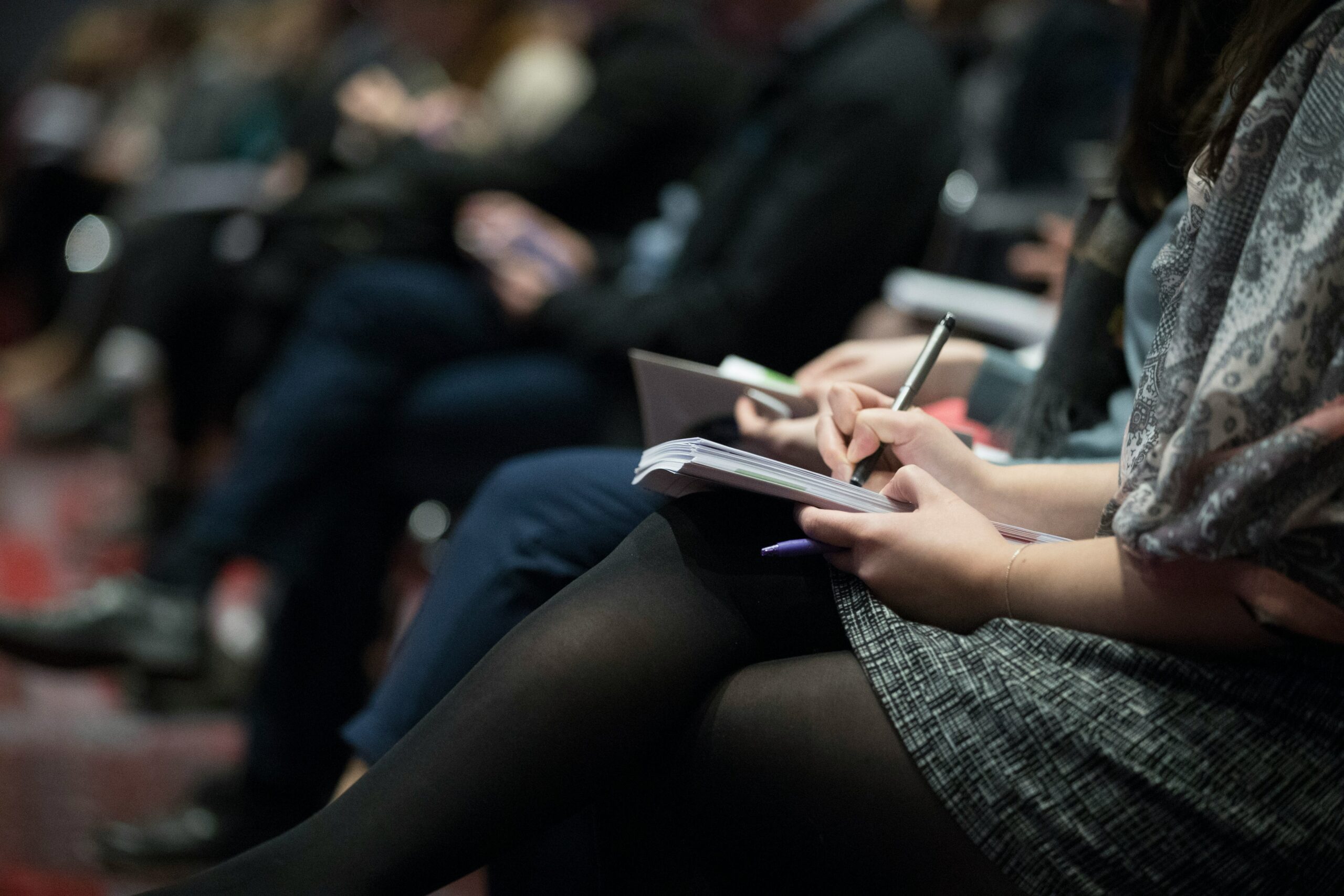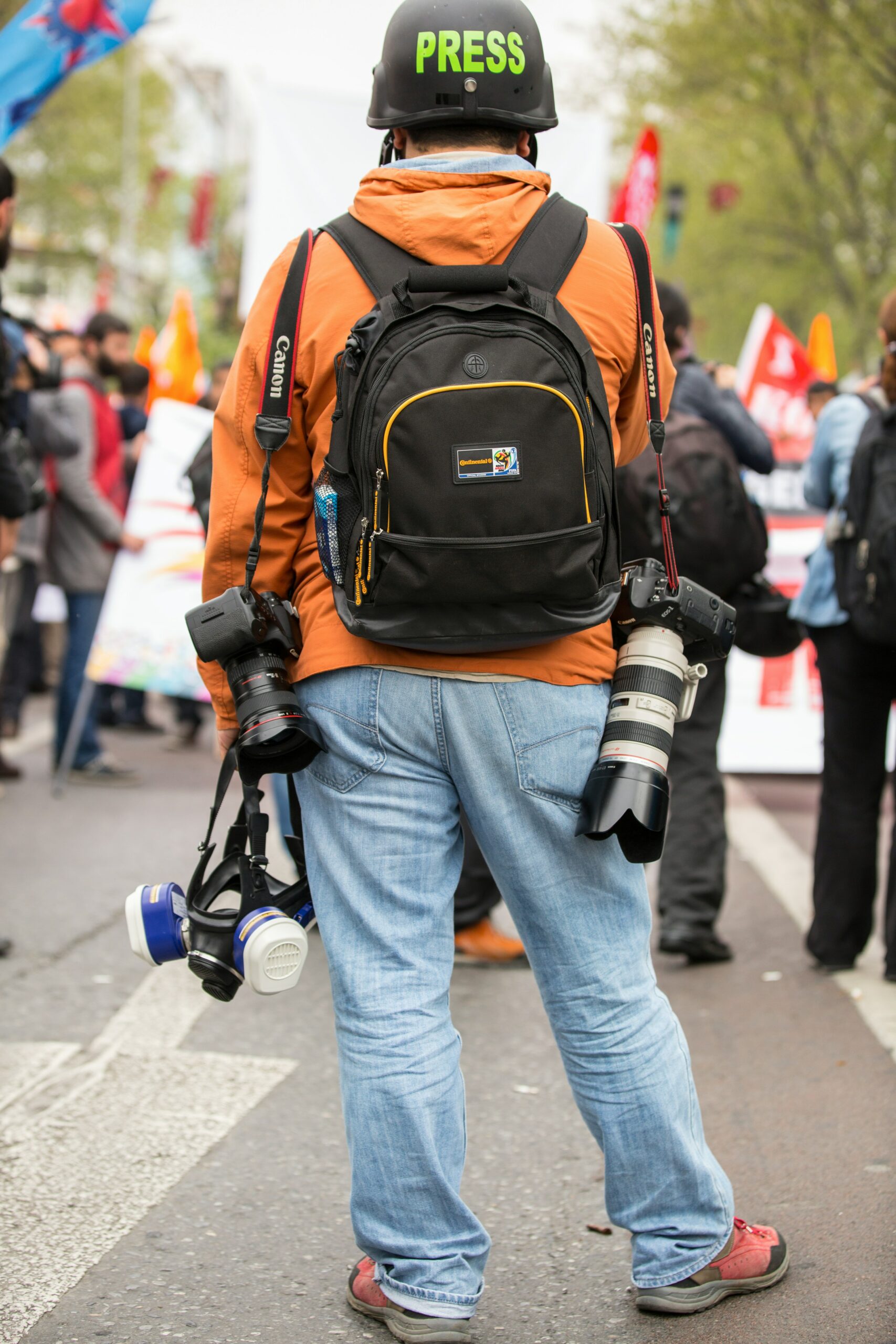Social and organisational context of journalists’ trauma exposure
This post summarises key findings from my journal article Contextualizing psychological outcomes for TV news journalists: Role differences in industry culture, organizational hierarchy and trauma exposure. The article was published in the Journal of Constructivist Psychology.
Introduction
My research (links provided) has shown that journalists experience greater levels of trauma exposure than might be expected of the general population and consequently tend to report elevated levels of symptoms associated with PTSD, depression, substance use, and burnout. However, relatively little is known about the organisational context in which journalists work and whether journalists of different role groups (such as reporters and camera operators) share similar pre-, peri-, and post-trauma experiences.
To explore this gap, I interviewed 21 Australian TV news camera-operators and reporters from a range of regional and metropolitan areas. I aimed to get a better idea of the resources and support that might best service journalists experiencing psychological distress, as well as how to best implement these.
Main findings
The journalists indicated that there is an organisational hierarchy that influences the social dynamics and psychological wellbeing of news workers. For example, camera operators are physically separated from other news workers as a result of office layout, and consequently their well-being tends not to be as well acknowledged by management. Reporters are not only located physically closer to management, but are more likely to share similar training backgrounds, making their concerns potentially more accessible and better aligned with those of management. This physical separation was associated with social division between different role groups based on explicit and implicit organisational norms, expectations, and procedures. Camera operators reported feeling like they had less status and power compared to reporters, who they frequently viewed as “in charge”.
Reporters and camera operators experience varying levels of physical proximity to traumatic stimuli. Camera operators are more likely to go into the field alone, get closer to traumatic stimuli, and for longer periods of time. After all, TV news is a medium dependent on visual content. Camera operators are also more likely to find themselves personally injected into traumatic scenes, such as filming footage for police records, footage that would never be shown on TV news. However, reporters experience closer proximity to trauma in situations where cameras are restricted, such as court coverage.

Management should be aware of the kinds of trauma exposure associated with different assignment types and roles, and provide sufficient opportunity for rotation so as to avoid the build-up of stress that comes with continuous exposure to traumatic content.
There are also significant differences between the social visibility of role groups associated with physical and psychological risk. Reporters are socially more visible to viewers and more likely to receive their negative attention. However, reporters are more capable of blending in and going unnoticed when covering dangerous situations than camera operators holding bulky equipment. Although camera operators are more conspicuous in the field and hence at greater risk, they are socially invisible to viewers because they are behind the camera. They are also socially invisible to management and policy makers as a result of organisational factors.

This invisibility is as detrimental because it means neither news consumers nor policy makers are cognisant of the issues they face.
Conclusion
The differences in trauma exposure and organisational hierarchy between camera operators and reporters may result in other emotional and behavioral outcomes, which could have adverse implications for individuals and organisations alike.
News organisations may consider ways of facilitating a collective newsroom environment that is inclusive to staff of all roles. This could include changes in:
- the physical layout of the newsroom
- organisational norms and procedures
- the frequency of team meetings
- the extent to which the distinctive training and strengths of staff from various roles is drawn upon, with a focus on collaborative news production.
Related content
Doing research about trauma
Principles for doing trauma-informed research and program evaluation
How to do trauma-informed research and evaluation
Journalists’ mental health
Images
Reporters taking notes: https://unsplash.com/@climatereality
Press person with camera equipment: https://unsplash.com/@enginakyurt
